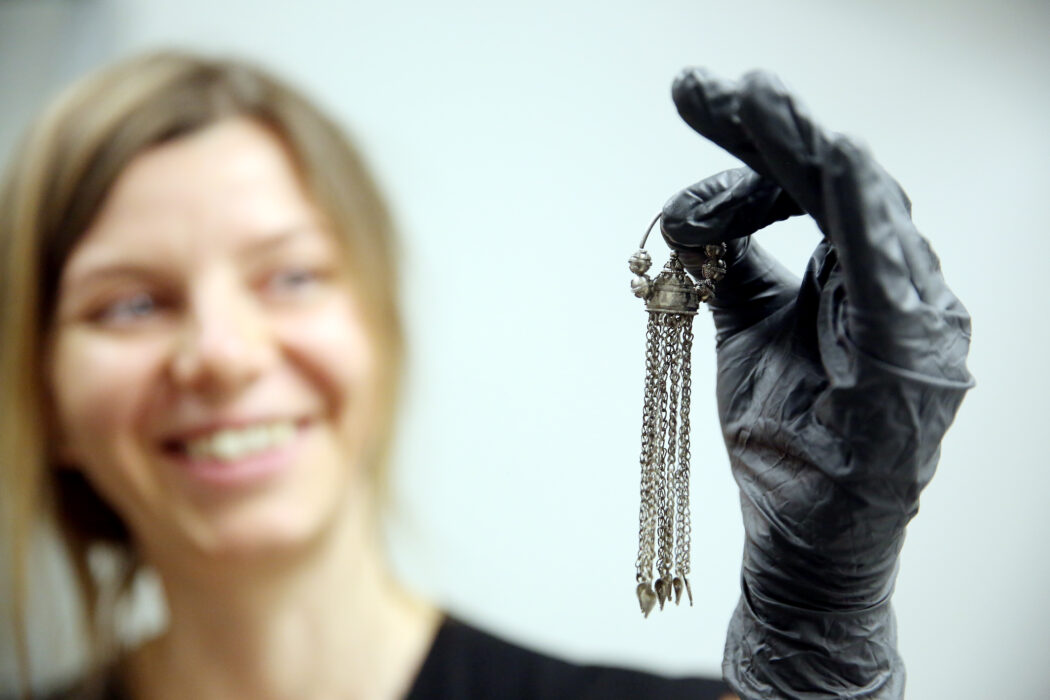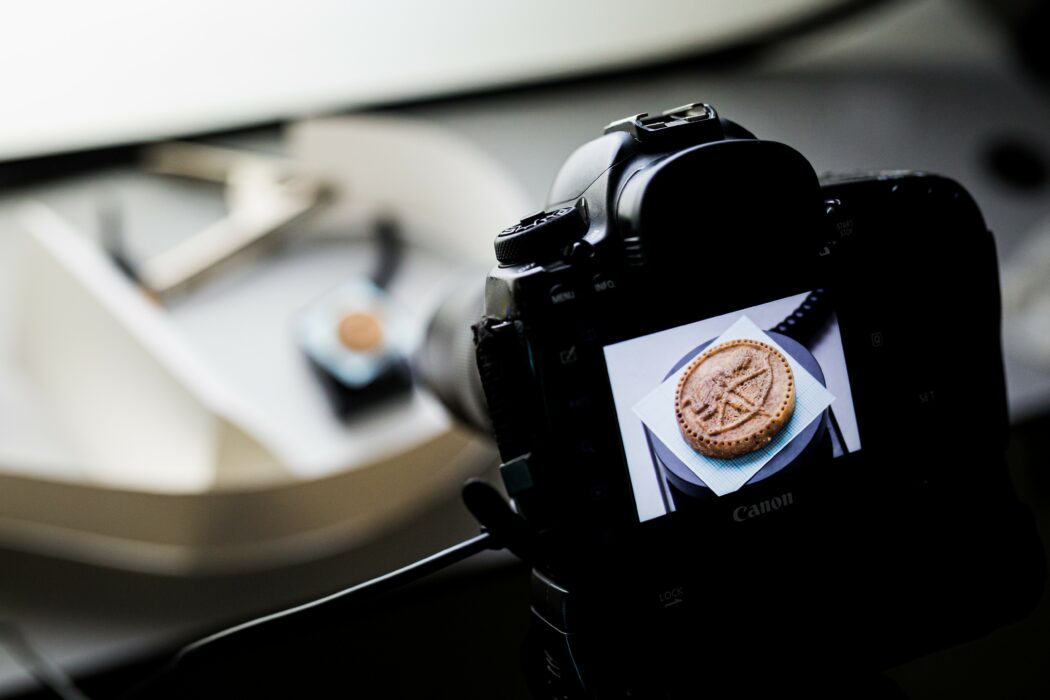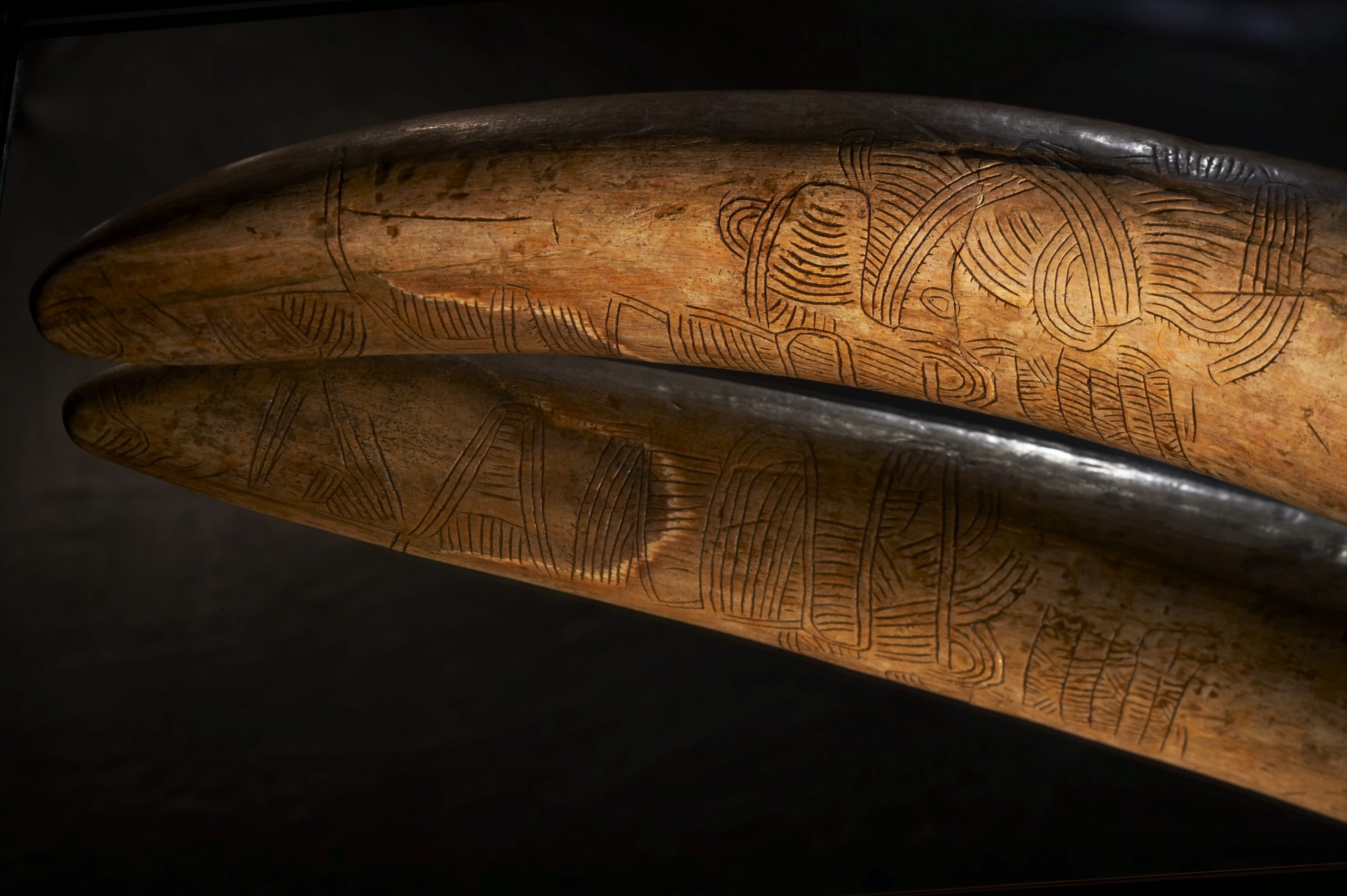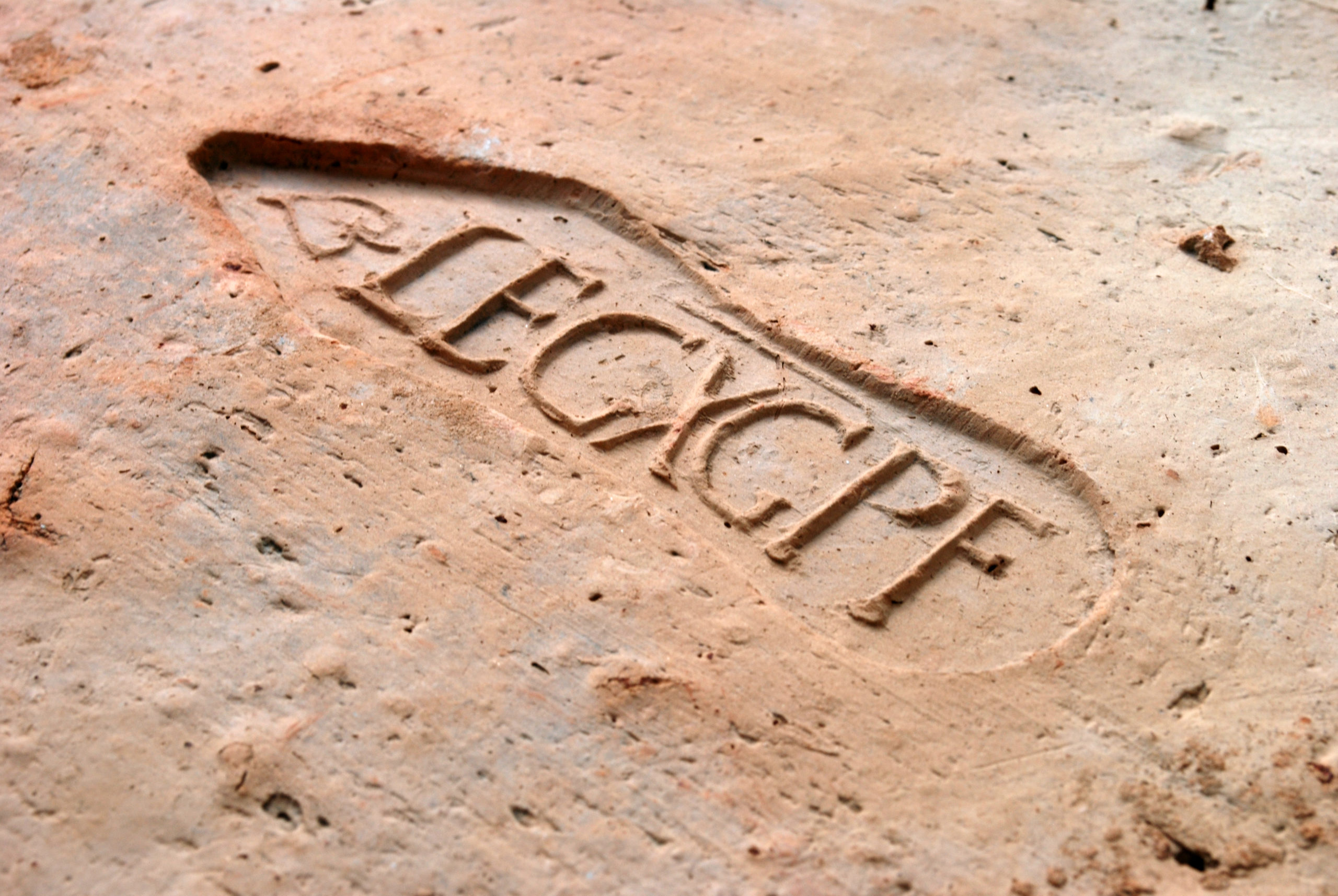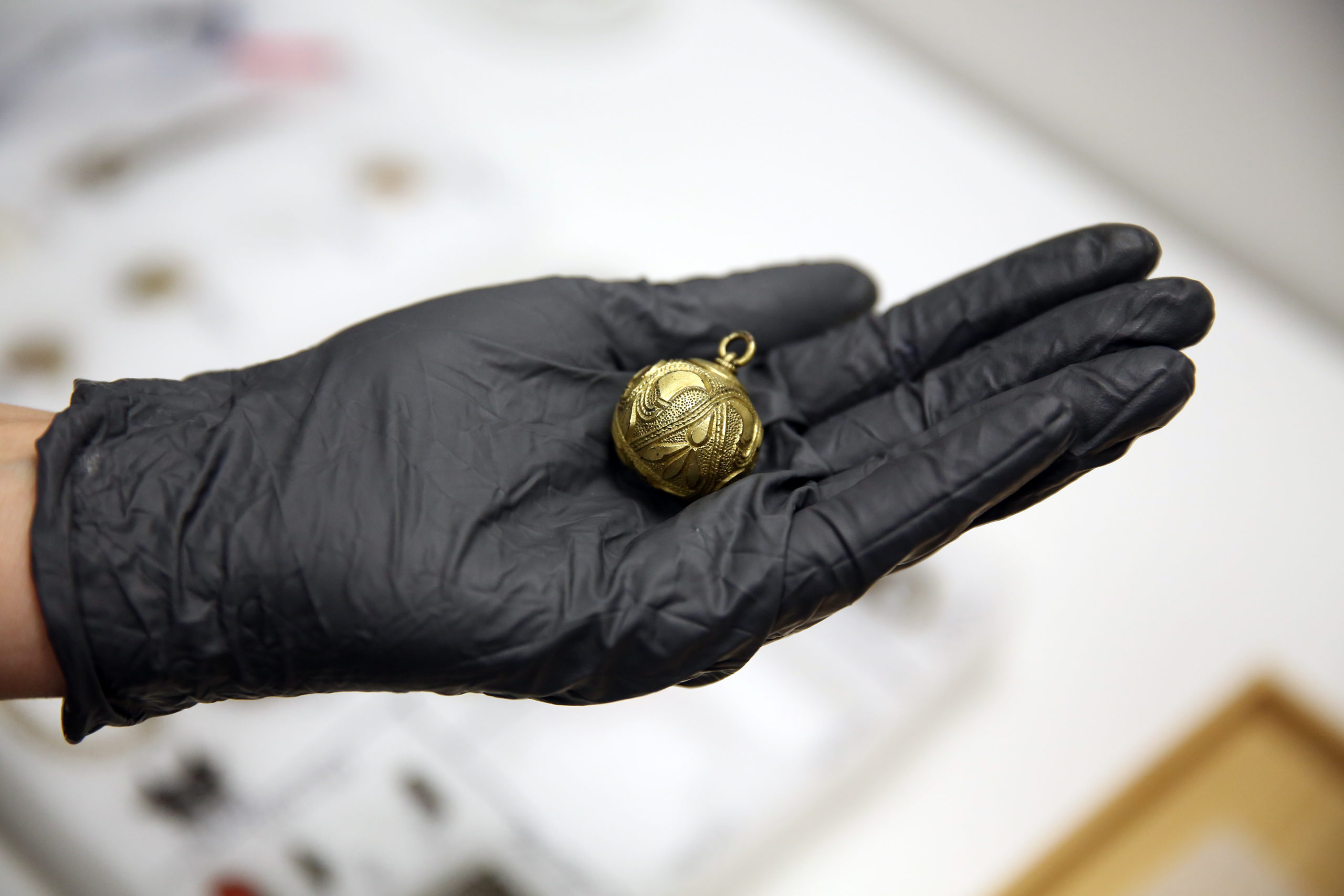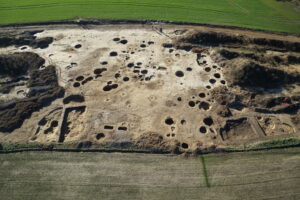Transfer of technologies and ideas (tradition and innovation)
The history of humankind is inseparably connected with the invention of new technologies and their spread into less technologically advanced regions. ARÚB particularly examines these processes in relation to the early medieval period in the Czech Republic.
A considerable increase in technology can be seen among the Slavic population in this period. Early Slavic material culture (6th–7th century) was – as far as we can judge from the preserved evidence – technologically rather primitive. The technological level of many types of objects produced from numerous materials (ceramics, iron, non-ferrous metals, glass, etc.) increased in the pre-Great Moravian (8th century) and Great Moravian (9th century) periods.
The development of this was neither general nor linear; instead, it proceeded at different speeds in different parts of society. In Great Moravian pottery, for instance, we can see considerable and lasting differences. On the one hand, there was the production of advanced ceramics in specialised and highly efficient workshops and on the other, traditional home production of visibly simpler pottery.
Who the product was made for was also important, i.e. whether the buyer was able or willing to pay for the use of more or less laborious technologies. Especially in Great Moravian cemeteries, we can find simple mass-produced jewellery for ordinary people as well as magnificent jewels made of precious metals for the elites that are decorated with complex granulation and filigree techniques.
Regardless of this, the Early Middle Ages saw certain technological leaps in the form of adopting new and advanced techniques. However, these leaps are particularly difficult to study, as we can archaeologically only detect the result in the form of finished objects and are unable to directly observe all the processes that led to it. It is likely that most fundamental technological innovations were not made here but taken from more advanced parts of Western and Southern Europe. A crucial question – understudied to date – is how the transfer of these innovations to Moravia took place: did foreign artisans arrive, settle here and pass on their knowledge to local apprentices? Or was it the other way round – did Slavic craftsmen gain experience abroad and then return home?
The outlined questions are studied on four main levels:
1) Using the latest analytical methods, we investigate what materials and technological procedures were used in the production of particular objects.
2) Based on an experimental production of replicas of these objects (naturally, only using tools that were available to the artisans in the past), we try to specify how these artefacts might have been produced and how demanding the process was in terms of technological knowledge.
3) We compare artefacts found in this country’s territory with objects from other parts of early medieval Europe and the Near East to discover when, where and in what way did the objects themselves (called “imports”) travel, how the “idea” of what the particular type of object should look like or what modifications to the appearance, function, etc. were introduced by the production of the objects in the “new” regions.
As an example, we can use the outstanding Great Moravian jewellery, which for a large part drew upon Byzantine art and craft. However, its production in Great Moravia introduced a transformation of the individual structural elements and the overall appearance of various types of jewels. Moreover, the local masters enriched the range of the types they produced with new and specifically local decorations.
4) We also monitor the occurrence of individual objects and their assemblages in grave goods and attempt to define, based on the shape and technologies used, more narrowly delimited groups of inhabitants within contemporary society (technologically demanding objects often had a prestigious character).

